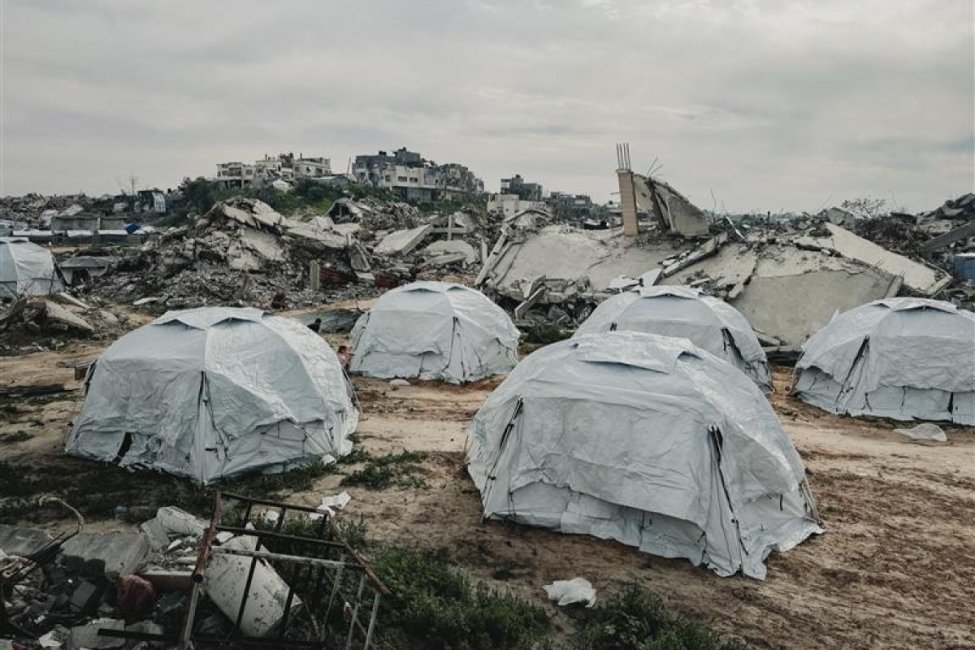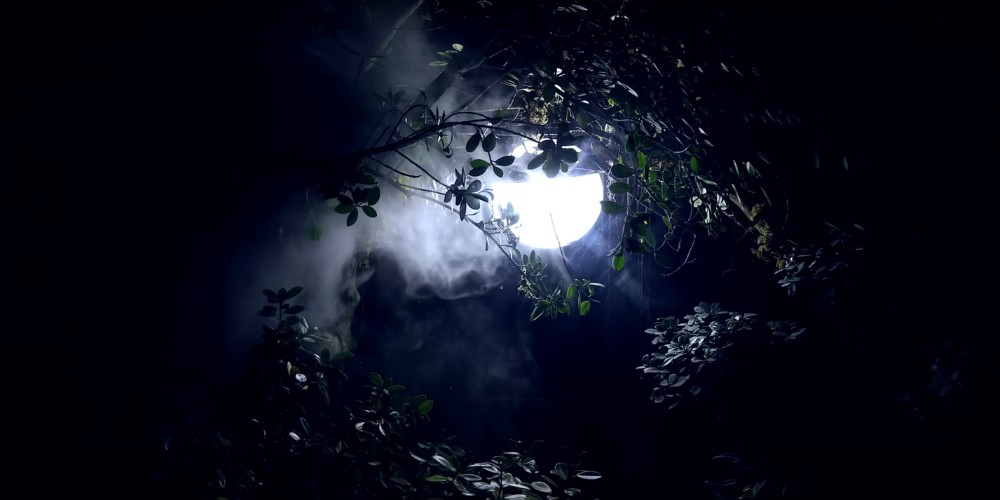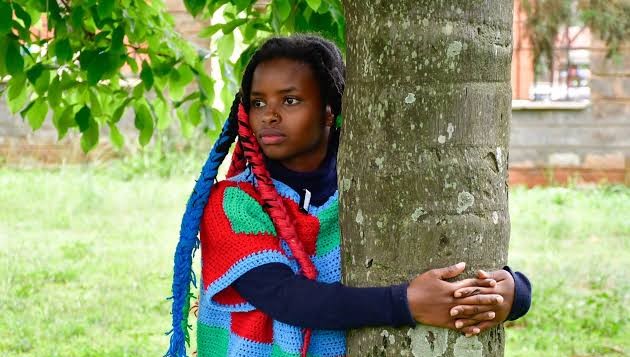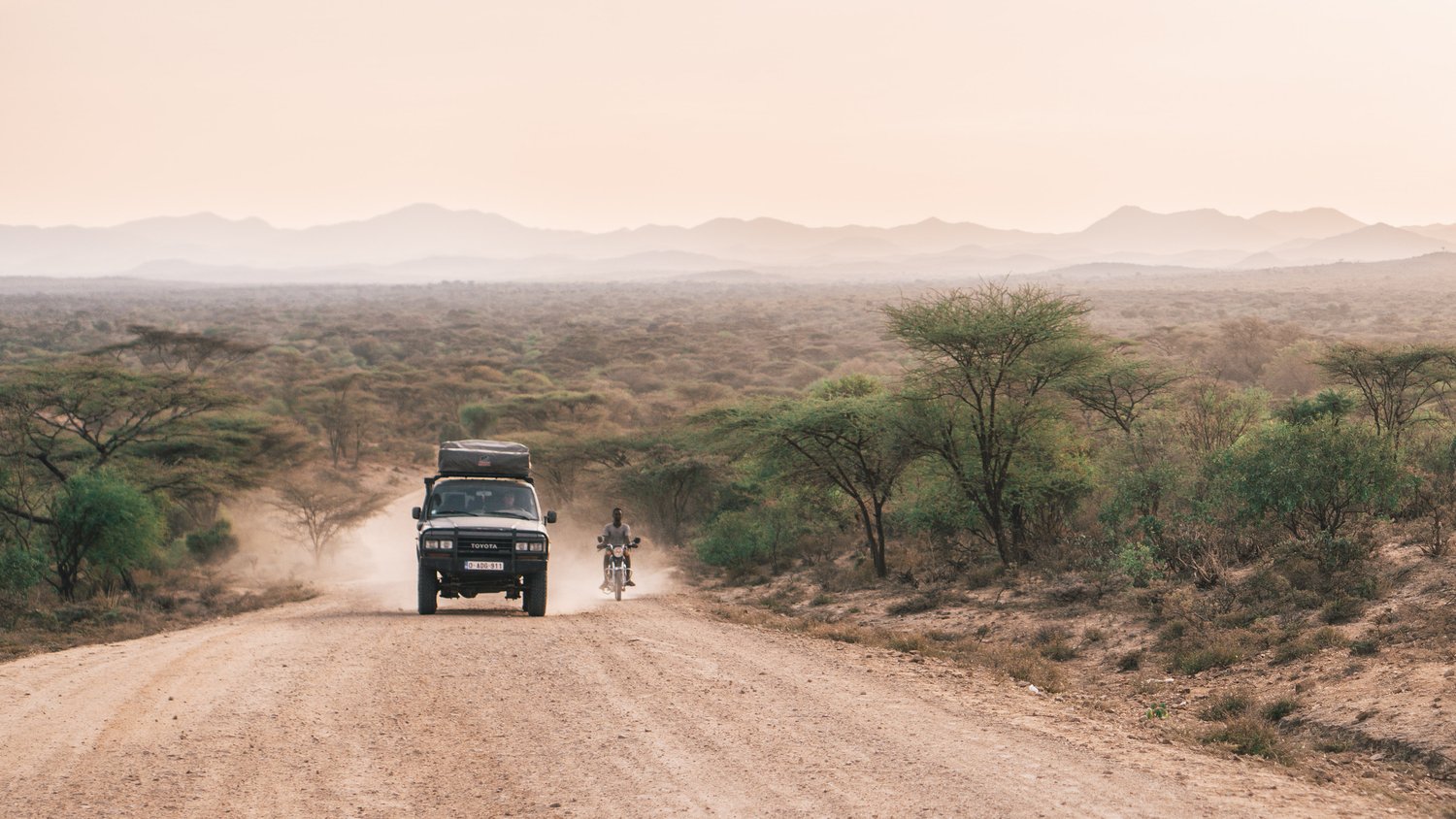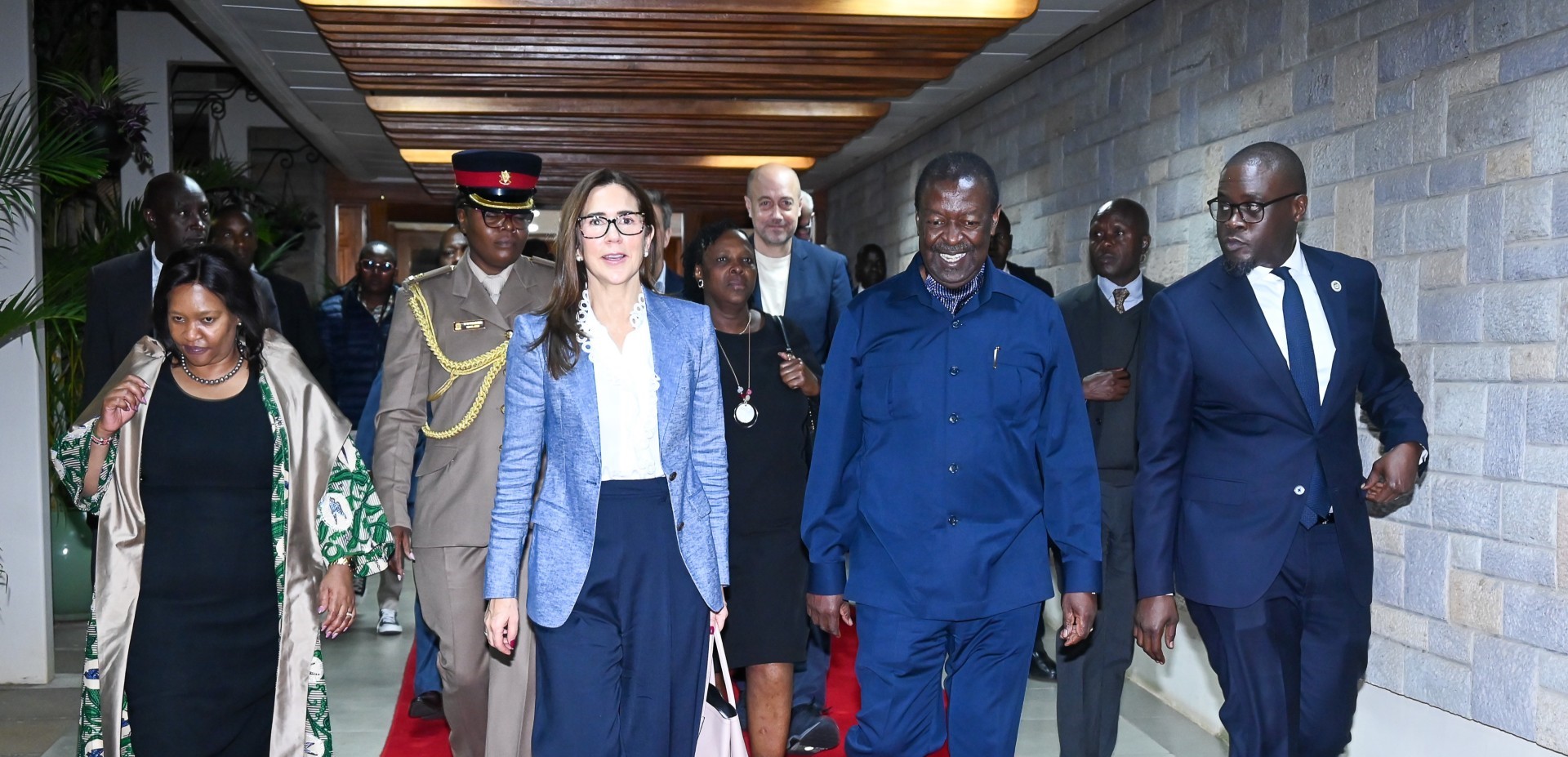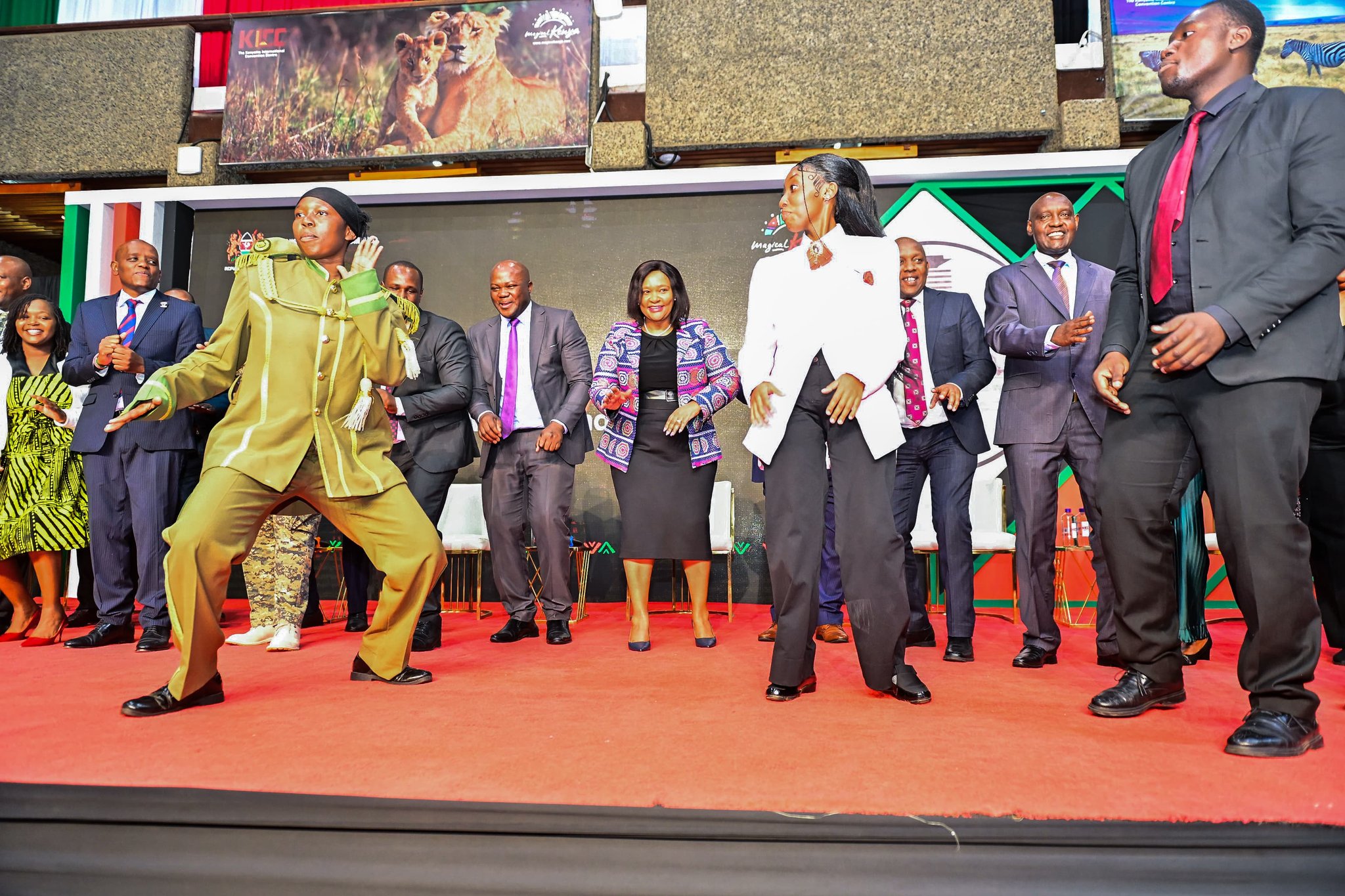- In the past, summer in Gaza was a holiday season with beach days, a breeze under the tree and courtyard gardens.
- The case is no longer the same. Gaza is now a shadeless city. The ongoing Israel–Gaza conflict has turned the season into a torment.
In the past, summer in Gaza was a holiday season with beach days, a breeze under the tree and courtyard gardens. The case is no longer the same. Gaza is now a shadeless city. The ongoing Israel–Gaza conflict has turned the season into a torment.
The beaches have been blocked, courtyards turned into rubble, trees burnt into ashes, the bare ground is dusty, forests have been turned into deserts, and cities are now graveyards.
The heat is becoming a silent killer in Gaza. It is more than a natural occurrence or a normal season, as it has been regarded before. As much as climate change is to blame for the torment, the conflict's contribution also plays a part. The day and night bombings have created greenhouse gas emissions, pollutants and thick layers of dust.
Today in Gaza, fire burnings have been normalised; they go unchecked. Garbage piles are rotting in the sun. Farming land has been annihilated. What was once called a climate crisis has become an environmental catastrophe deepened by the toll of armed conflict.
While the rest of the world is blaming the heatwaves on a meteorological' heat dome,' Gazans are blaming Israel for trapping them in a different dome. The dome of overcrowded nylon tents that are an equivalent of ovens in the sun.
Read More
Although the camps are supposed to shelter the Gazans, they are slowly cooking them. The heat trapped in these plastic tents has made life a nightmare for Gazans. They have to persevere since they are displaced and have nowhere to go.
Nights are not as cool as you may think. They are equally hot as the day. The majority of the Gaza population is crammed along the coastline. Tents pinned here radiate heat back at each other. These tents do not cool down during the night like the Earth. The displaced people in tents can feel each other's breath, sweat and sorrows during the night.
Outside the tents, the case is no different. All day long, they are queuing for either food or water, which is never enough. Queuing in the sun weakens the already emaciated bodies of Gazans. The cry of hungry and sick children is all over.
The obvious symptoms of climate change are intense heat, extreme heat waves, higher humidity and increased health risks like skin cancer, cardiovascular illnesses, stroke, among others.
Although Gazans have become a vulnerable population during this summer, but the situation has been worsened by the ongoing conflict. Dehydration, heat stress, heatstroke, lack of food and other basic needs are some of the challenges they are facing.
The elderly, children, those living with disabilities and those with pre-existing conditions, pregnant women are at a higher risk.
According to previous studies, extreme heat led to higher mortality rates and worsened pre-existing cardiovascular, respiratory and diabetic conditions.
Conflict and climate change are entangled, exacerbating each other. This is the reason why addressing climate change calls for a multifaceted approach, including promoting peace and stability across the globe.
As the case of Israel and Gaza, war can disrupt ecosystems, pollute resources, and displace people, leaving them hopeless or dead.
Few or no conflicts can create a more stable environment for communities to focus on climate adaptation and mitigation measures instead of wasting valuable time queuing for food and water in the scorching sun.
Peaceful societies manage resources better. This is essential in ensuring equitable access to resources and enabling communities to focus on climate adaptation. In addition, peaceful societies are more likely to collaborate on climate solutions as compared to fighting societies. Cooperation is a key ingredient in tackling climate change.
Therefore, combating wars is crucial in addressing climate change. A multifaceted approach is key in effective climate action, which requires a combination of mitigation and adaptation strategies, combined with other efforts to promote peace and cooperation.

